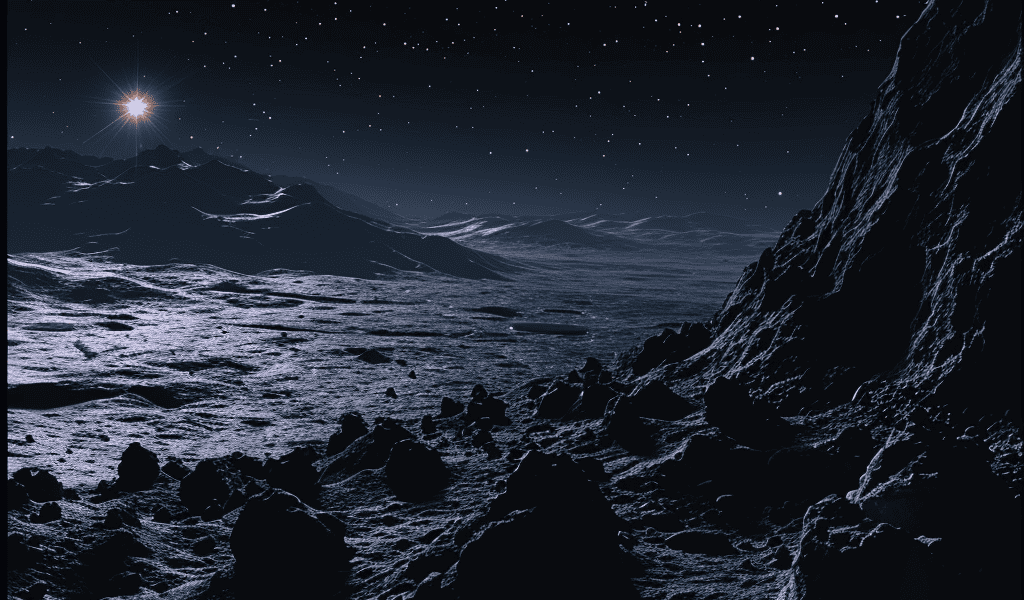The outer Solar System is like the ultimate wilderness frontier. It’s so far from the Sun that our telescopes can’t easily see what’s out there; it’s anyone’s guess as to what strange objects are lurking in the far reaches of the planetary disk.
We know that there is a field of small, icy rocks, extending out beyond the orbit of Neptune. This is the Kuiper Belt, where dwarf planets Pluto, Eris, and Haumea reside. Far beyond that is the hypothetical Oort Cloud, a huge spherical field of small rocks enclosing the whole Solar System, the true size of which is unknown.
This is where the Solar System’s long period comets are thought to originate; but what else might be lurking out there? One tantalizing possibility is the presence of planets – not just any old planets, either, but those from alien stars.
Now, theoretical astrophysicist Amir Siraj of Princeton University has worked out just how many alien planets might be out there, hidden from our view. According to his calculations, on a purely mathematical level, there could be 1.2 planets with a mass greater than Mars; 2.7 with a mass comparable to Mars; and 5.2 with a mass comparable to that of Mercury.
These are just educated guesses, based on other educated guesses, but the idea that there could be just one hidden world out there that has traveled from a distant star is certainly a fascinating one.
The whole question arose with the discovery of what are known as free-floating or rogue planets, first published back in 2000. These are planets that have become unmoored from their star, and are booted out of their home systems to roam the galaxy, untethered. Gravitational interactions are thought to produce the instability required for this pretty easily, leading to a whole bunch of planets out





